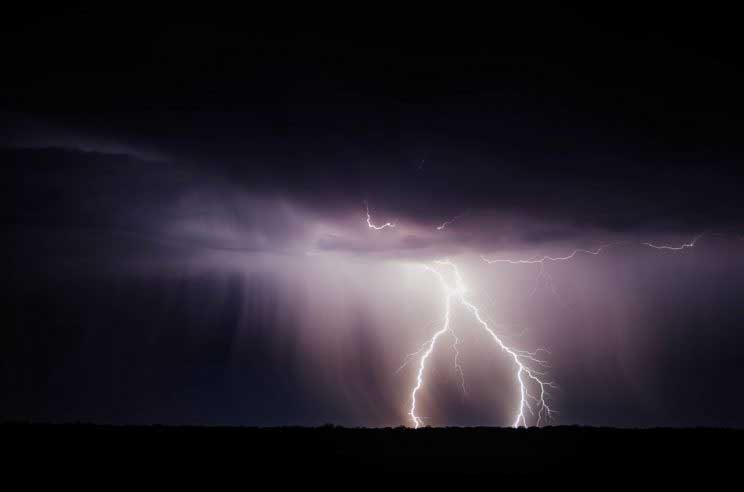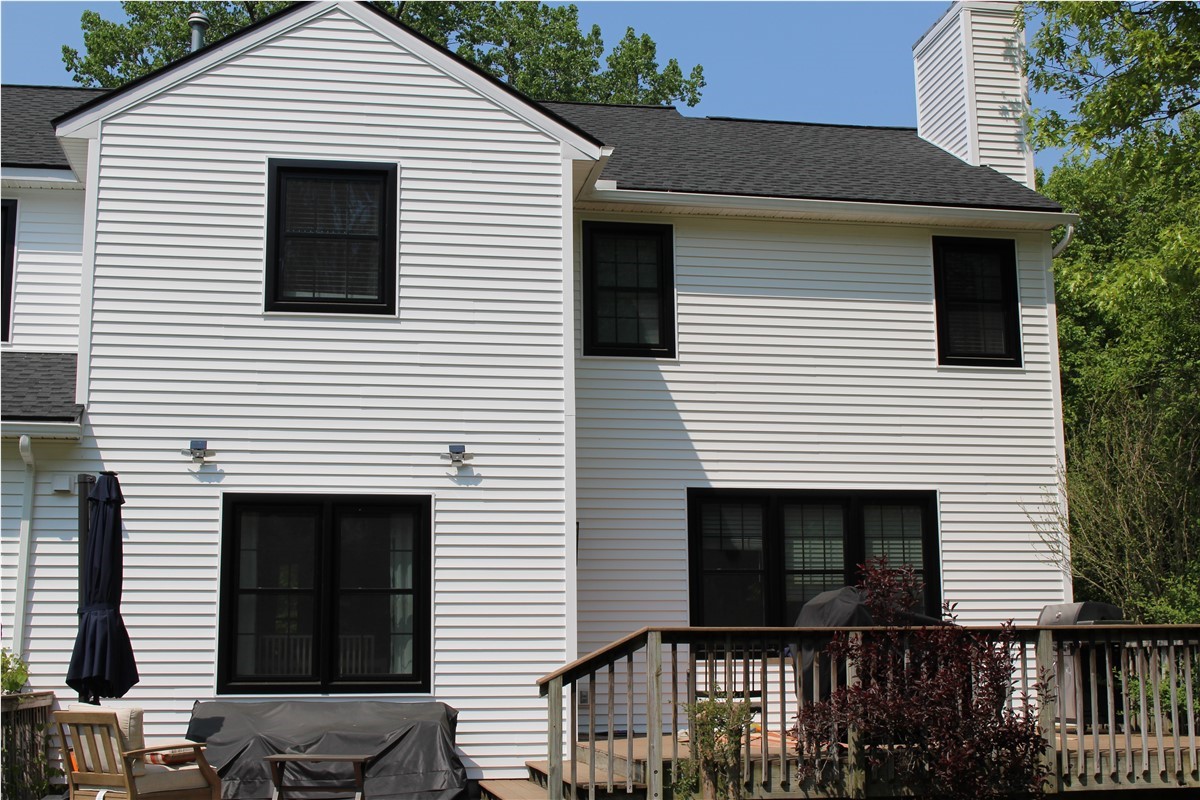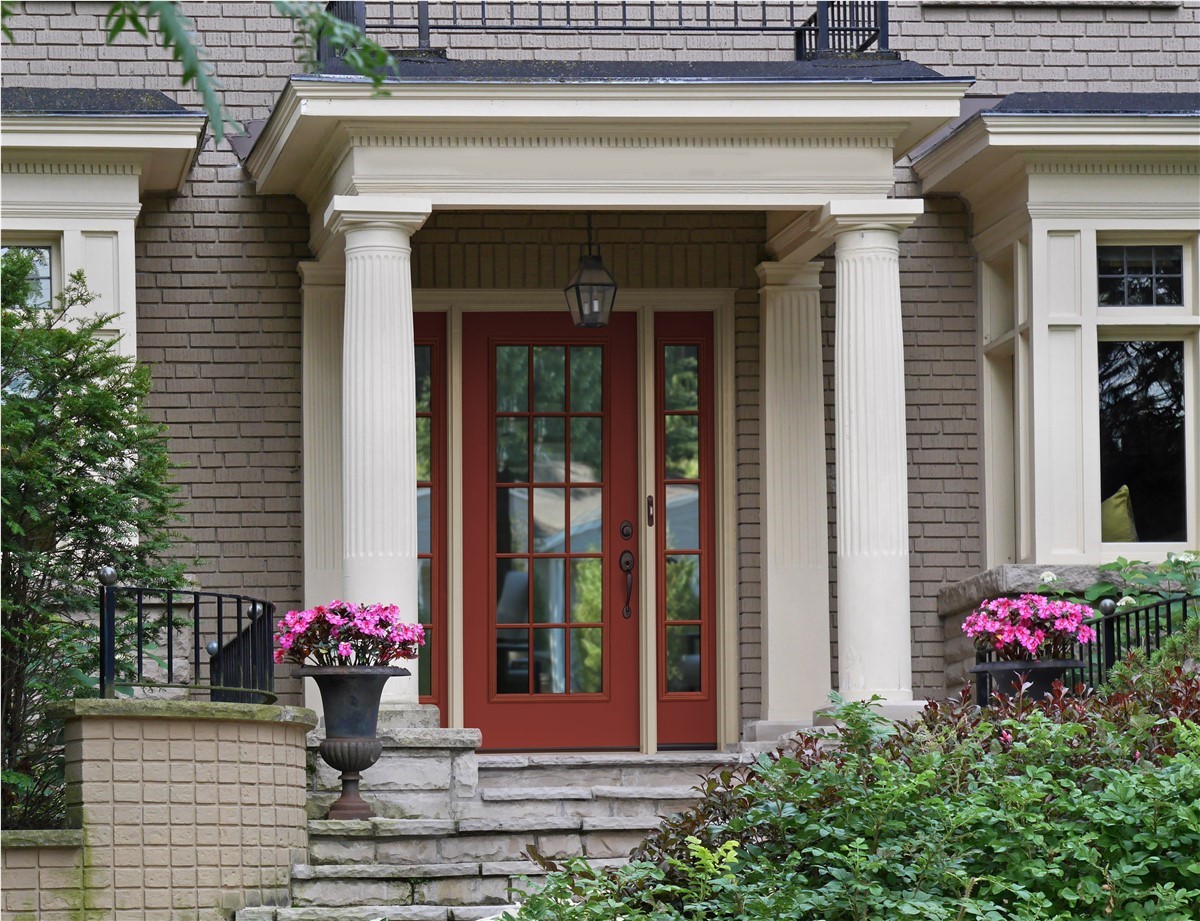
Preparing Your Home for a Natural Disaster
When most of us think about natural disasters, we think about world-altering events like Hurricane Katrina, a major earthquake, or a volcanic eruption near a populated area. These are some examples of well-known natural disasters, but an event on this scale is unlikely to affect most people’s lives. Instead, you’re at much greater risk of being affected by a mild disaster that you are simply unprepared to handle. According to a 2015 report, 43 percent of homes in America are at high risk of being damaged by a natural disaster. In Upstate New York, such natural disasters major summer storms, flooding, and blizzards. Although none of these events are likely to make the national news, they present a very real threat to a household that is not properly equipped. If your home is not disaster-proof (or if you’re not sure that it is), these are some things to look out for:
- Are windows and doors properly sealed? If there are unintentional openings into your house, you run the risk of letting the elements in during a major storm or hurricane. Heavy rain can find its way into your home through these small cracks, suddenly leaving you with a huge problem. The possibility of these sorts of openings is one reason not to DIY on important projects. If you’re unsure about the quality of your window and door installation, an energy audit will typically pick up things like that.
- Are you using storm doors? Severe weather conditions can take their toll on the doors leading inside your house. By adding a storm door to your entryway, you can protect your investment and add an additional layer of security to protect your home during emergency conditions.
- Is the exterior of your home water-resistant? No home is likely to repel heavy flooding, but any home can be prepared for heavy rains. By painting or upgrading the exterior of your home with water-resistant paints or installing water-resistant roofing, you can avoid damage or rot later on down the road. This is especially important for older homes that aren’t necessarily built to handle many years of harsh weather.
- Do you have a go-to contractor for repairs? After severe weather events, most houses will probably need at least a few repairs. Like we discussed above, not every repair project is a good candidate for the DIY route, so who do you turn to after the storm? Contact your insurance company and a local contractor.
- Severe winter weather can lead to ice dams. An ice dam occurs when ice at the edge of your roof prevents melting snow from flowing down to your gutters. Instead, the snow turns to water and seeps into your roof, potentially causing major damage down the road. If you’re not comfortable removing an ice dam yourself, you can always call a professional for ice dam removal.
On top of preparing your house, you should also create a family plan of action for emergencies. Designate a safe place to gather in case of an emergency and talk to younger family members about who they should go to in case you’re separated during a disaster. Natural disasters can be very frightening, but a well-prepared home can help you to weather the storm.
Subscribe to the Comfort Windows & Doors Blog








Comments